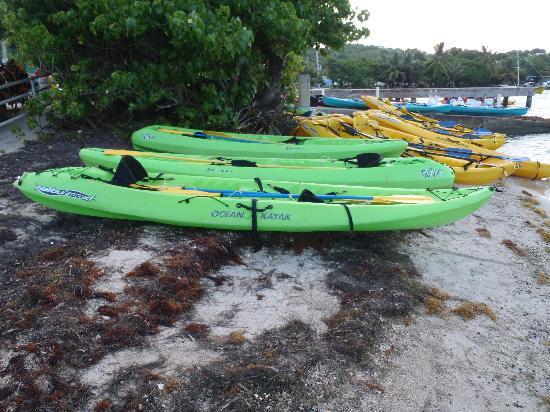Canovanas: Canóvanas | East Region | Discover Puerto Rico
Canovanas, Puerto Rico
(kah-NO-vah-nahs)
Canóvanas is known as “La Cuna de los Indios” (Indian cradle)
and “La Ciudad de las Carreras” (race horse town) because of its
racetrack call “El Comandante”. Juan R. Calderón founded Canóvanas
in 1909. Canóvanas derives its name from a local Indian chief
Canobaná (Canovanax).
Canóvanas is also known as the “Pueblo Valeroso” (valiant town)
because the local Indian chief Yuira was killed defending the
Spaniards from the Taínos.
Located about a 15-minute drive from Luis Muñoz Marín International Airport the
Hipódromo Camarero (formerly known as El Nuevo Comandante) is the only race track in Puerto
Rico, holding horse races every Monday, Wednesday, Friday, Saturday and Sunday.
Admission and parking are free. (787) 886-5151, (787) 641-6060.
Other places worth exploring include:
- Los Pilones Falls
- Charco de los Caballos
Economy
The surrounding areas produce coffee, sugar cane and bananas.
Geography
Canóvanas is located in the northeastern region,
north of Juncos and Las Piedras; south of Loíza;
east of Carolina; and west of Río Grande.
Its rivers are: Canóvanas, Cubuy, Herrera, Canovanillas and Grande de
Loíza.
To the south of Canovanas you’ll find portions of the Luquillo Mountain Range,
with the Cerro El Negro being the highest peak in the region at 2,592 feet. Other
high peaks include La Peregrina (1,903 feet) and Pitahaya (951 feet), both located at Barrio Hato Puerco.
Canovanas is made up of 8 barrios (wards/districts):
- Campo Rico
- Cubuy
- El Verde
- Hato Puerco
- Las Lomas
- Las Mercedes
- Pueblo
- Toma Agua
Climate
The annual precipitation is approximately 73.62 inches and the
average temperature is 75°F.
10-Day Forecast
Notable People
There are many well-known “canovanenses”, among them:
- Franciso E. Mundo
- Enrique Sanchez Cappa
- Julio Jimenez
- Luis Sanchez Cappa
- Rafael Albandoz
- Agustin Lopez Cases
- Milagros Carillo (“La jibarita de Canovanas”)
Restaurants
- Tropical Hong Kong Restaurant (Chinese), (787) 876-6111
- Tropical Hong Kong Restaurant (Chinese), (787) 256-2350
Festivals and Events
- Fiestas de Cruz – May
- Fiestas Patronales de Nuestra Sra.
 del Pilar – October
del Pilar – October
Every year, Canovanas celebrates a patron saint festival. The festivities include dances, food, parades and religious processions.
(787) 876-2328 - Navidad en el Campo – December
Symbols
Flag
Coat of Arms
Anthem
The anthem of Canovanas was written by Doris Sandra Estrada Jimenez. The title is
Canóvanas.
Education
There are 17 public schools in Canovanas,
education is handled by the Puerto Rico Department of Education.
Demographics *
Population
42,337
Puerto Rico: 3,285,874
Land Area: 32.87 sq mi
Density: 1,372.70 per sq mi
Median Age: 40.8
Sex: 52% female
Economics **
Per capita income
$13,610
Puerto Rico: $21,058
Median household income: $21,614
Puerto Rico: $21,058
Persons below poverty line: 41.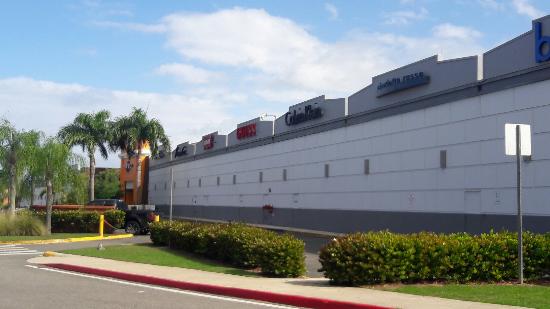 3%
3%
Housing, families and educational attainment *
Number of households
14,705
Housing units density:
592.5 (2013)
Persons per household: 3.06
High school grad or higher: 76.1%
Marital status: 40% married
* U.S. Census Bureau 2020 data, unless otherwise noted – Source: Quick Facts Puerto Rico.
** U.S. Census Bureau 2016-2020
Map References
Coordinates: 18.3792° N, 65.9014° W
Zip Code: 00729, 00745
Driving Distance from San Juan: 10.7 miles
Driving Time: 22 minutes
Canóvanas
Canóvanas, Puerto Rico
Canóvanas is located on the northeast area of Puerto Rico and has an area of 85.0 square kilometers (32.8 square miles). The name of the municipality evokes the name of the taino cacique Canovanax. It is known as the «brave town» an allusion to the feat of the cacique Yuira who lost her own life defending Spaniards against the tainos. It is also known as the «race town» where Camarero horse-racing track, Puerto Rico’s only racetrack, is located, and «the town of the Chupacabras. » According to the 2000 census, there are 43,335 canovanenses, living in six wards: Canóvanas barrio, Canóvanas Pueblo, Cubuy, Hato Puerco, Lomas, and Torrecilla Alta. The patron of the municipality is Our Lady of the Pillar.Canóvanas is known for its achievements in sports, especially basketball and volleyball. One of the nicknames of the town, «the Indians town,» refers to the name of the basketball team, which won the island-wide championship in 1983 and 1984. The women’s volleyball team, «Las Indias,» has also has won several championships.
» According to the 2000 census, there are 43,335 canovanenses, living in six wards: Canóvanas barrio, Canóvanas Pueblo, Cubuy, Hato Puerco, Lomas, and Torrecilla Alta. The patron of the municipality is Our Lady of the Pillar.Canóvanas is known for its achievements in sports, especially basketball and volleyball. One of the nicknames of the town, «the Indians town,» refers to the name of the basketball team, which won the island-wide championship in 1983 and 1984. The women’s volleyball team, «Las Indias,» has also has won several championships.
There are several factories in the municipality which produce shoes, clothing, electrical and electronic products, chemicals, and food. Agricultural production includes coffee, fruit, vegetables, dairy farming, and fowl. Canóvanas has grown steadily in terms of population and construction as a consequence of its economic development and proximity to the metropolitan area of San Juan.
Geography
The municipality is bordered on the north by Loíza, on the south by Juncos and Las Piedras, on the east by Río Grande and Loíza, and on the west by Carolina and Gurabo.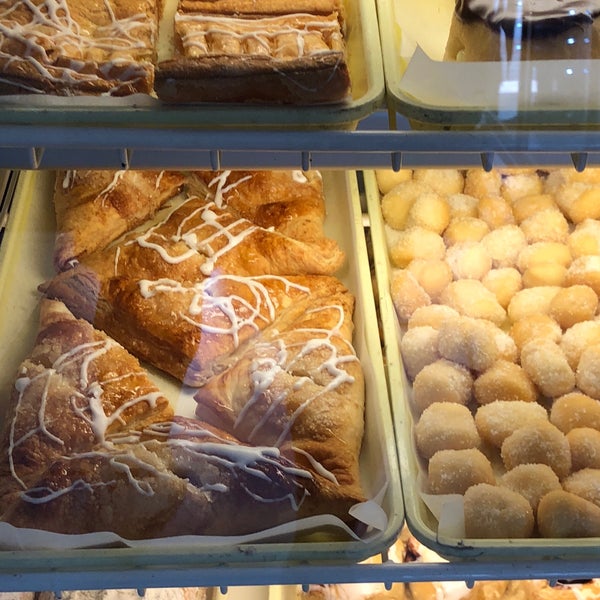 It is located on the northern coastal plain, and the northern and central areas of the municipality are largely flat. The highest elevation of the Santa Inés ridge is in the northeast side, and rises to 100 meters (328 feet). The Asomante ridge runs along the South, with elevations betweens 656 and 2,296 feet (200 and 700 meters). The foothills of the Luquillo range rise up in Cubuy ward to elevations such as Mount El Negro at 2,592 feet (790 meters), from which there is a panoramic view of the San Juan metropolitan area and the town of Río Grande. Mount La Peregrina, at 1,903 feet (580 meters) and Mount Pitahaya, at 951 feet (290 meters) above sea level are located in Hato Puerco ward. The Río Grande de Loíza crosses the northeast area of the municipality. Other water bodies include the Canóvanas, Cubuy, Herrera, and Canovanillas rivers, and several brooks, notably the Bocaforma brook.
It is located on the northern coastal plain, and the northern and central areas of the municipality are largely flat. The highest elevation of the Santa Inés ridge is in the northeast side, and rises to 100 meters (328 feet). The Asomante ridge runs along the South, with elevations betweens 656 and 2,296 feet (200 and 700 meters). The foothills of the Luquillo range rise up in Cubuy ward to elevations such as Mount El Negro at 2,592 feet (790 meters), from which there is a panoramic view of the San Juan metropolitan area and the town of Río Grande. Mount La Peregrina, at 1,903 feet (580 meters) and Mount Pitahaya, at 951 feet (290 meters) above sea level are located in Hato Puerco ward. The Río Grande de Loíza crosses the northeast area of the municipality. Other water bodies include the Canóvanas, Cubuy, Herrera, and Canovanillas rivers, and several brooks, notably the Bocaforma brook.
The history of this municipality is closely tied to that of the neighboring town of Loíza. The name Canóvanas is derived from the name of the taino cacique Canobaná, whose yucayeque was on the banks of the Rio Grande de Loíza, known at the time as Cairabón or Cayniabón.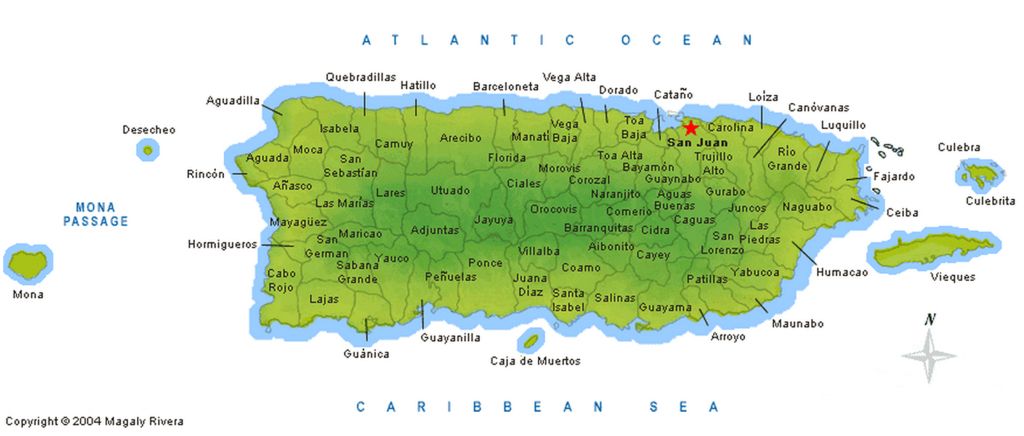 During the Spanish conquest, Canobaná, along with his people, were given to Miguel Díaz under the encomienda system, and the yucayeque became a settlement. The cacique, whose name is also written Canovanax, and the cacique Loaíza were favorable to the Spanish Crown. It appears that Canobaná did not participate in the indigenous uprising of 1515 in which the caciques Luquillo, Dagua, and Humacao were involved. Over the years the lands became known as Canóvanas and became a ward of Loíza, which had the status of partido.
During the Spanish conquest, Canobaná, along with his people, were given to Miguel Díaz under the encomienda system, and the yucayeque became a settlement. The cacique, whose name is also written Canovanax, and the cacique Loaíza were favorable to the Spanish Crown. It appears that Canobaná did not participate in the indigenous uprising of 1515 in which the caciques Luquillo, Dagua, and Humacao were involved. Over the years the lands became known as Canóvanas and became a ward of Loíza, which had the status of partido.
By the early 20th century Canóvanas had developed significantly more than the other wards of Loíza. In 1902, through an act consolidating certain Municipalities, the Legislature incorporated Loíza and its wards into the municipality of Río Grande. Three years later, another law was passed repealing the first law, and Canóvanas reverted to the status of a ward of Loíza. Meanwhile, the town had developed as new highways were being built, especially state Highway 3, which crossed the municipal territory. As a consequence of the boom, in 1909 the Loíza municipal council passed an ordinance ordering the municipal capital to be moved to Canóvanas ward. There were two reasons for this: the prosperity of the ward and the isolated situation of the former seat –Loíza Aldea— from the rest of its wards. The move to the new capital meant that the municipal authorities had to acquire land to build a newcCity hall, a slaughterhouse, a city square, a butcher’s shop, and a cemetery; a street map was also drawn up. The next year the municipal offices, the court of the justice of the peace, and the other services offered by the municipality were moved.
As a consequence of the boom, in 1909 the Loíza municipal council passed an ordinance ordering the municipal capital to be moved to Canóvanas ward. There were two reasons for this: the prosperity of the ward and the isolated situation of the former seat –Loíza Aldea— from the rest of its wards. The move to the new capital meant that the municipal authorities had to acquire land to build a newcCity hall, a slaughterhouse, a city square, a butcher’s shop, and a cemetery; a street map was also drawn up. The next year the municipal offices, the court of the justice of the peace, and the other services offered by the municipality were moved.
The change provoked opposition among the Loíza Aldea residents and people from the northern area of the municipality. The conflict was such that the state legislature was forced to intervene, and in 1969, a law was passed recognizing both sectors as «clearly distinct populations» and making official the separation of Canóvanas from Loíza. A special committee made recommendations for drawing up the boundaries and the constituents of the municipality were consulted in a special referendum. In 1970, the governor proclaimed Canóvanas a municipality.
In 1970, the governor proclaimed Canóvanas a municipality.
Symbols
Flag
The flag has three stripes, two purple and one gold, bearing the coat of arms at the center. The symbolism is the same as that of the coat of arms.
Coat of Arms
The Canóvanas coat of arms is divided into three parts. The upper band has a broken chain and a crown on a purple field and laurel branches surround a basketball basket at the center on a gold field. The lower band repeats the purple field with a rising sun. The purple and gold were taken from the colors of the pendant of the «Sons and Absent Friends of Canóvanas.» The crown represents the rank of Cacique Canovanax. The broken chain symbolizes the separation of Canóvanas as a ward of Loíza. The laurels and the basket represents the 23 consecutive victories of the Loíza Indians basketball team. The rising sun alludes to the birth of Canóvanas as a municipality and the 16 rays refer to the number of mayors the town has had after its separation from Loíza. The turreted castle that crowns the coat of arms symbolizes the status of municipality. The motto under the shield commemorates the name of the cacique and the dates in which Canóvanas became the municipal seat (1909) and the year in which it became a town (1970).
The turreted castle that crowns the coat of arms symbolizes the status of municipality. The motto under the shield commemorates the name of the cacique and the dates in which Canóvanas became the municipal seat (1909) and the year in which it became a town (1970).
Flora and Fauna
The municipal flower is Allamanda cathartica nobilis or the Golden Trumpet, a perennial bush with dark green leaves and brilliant yellow flowers.
The symbolic bird of Canóvanas is the Puerto Rican ground dove, a small dove usually found in pairs roving about the ground. The rounded feathers are grayish and the bird has a short tail.
Text taken from enciclopediapr.org
Video
Ayúdenos a describir todo lo que su municipio ofrece a las Industrías del Turismo y Negocios.
Favor enviar sus textos, fotografías y videos a:
http://diariodepuertorico. com/contacto/
com/contacto/
90,000 weather in Kanovanas today-an accurate weather forecast for Kanovanas for tomorrow, now (Puerto Rico)
- The whole world
- Puerto-rico
- Cananas
- feels
- Pressure
- 761 mm rt. Art.
- Humidity
- 78%
- Wind
- 1.0 m/s, V
+25 °
All data
- Sunrise: 06:46 Sunset: 17:49
- Day length: 11 h 3 min.
- Moon phase: waning moon
- Details
Updated 51 min. ago
YesterdayHourlyWeek14-day weatherMonthBiomet…
Daily forecast
Today is December 13, the weather is +26°C. Partly cloudy, light breeze, east 3.1 m/s. Atmospheric pressure 760 mm Hg. Art. Relative air humidity 67%. Read more
Tomorrow night the air temperature will drop to +22°C, the wind will weaken to 2.0 m/s. The pressure will rise and will be 762 mm Hg.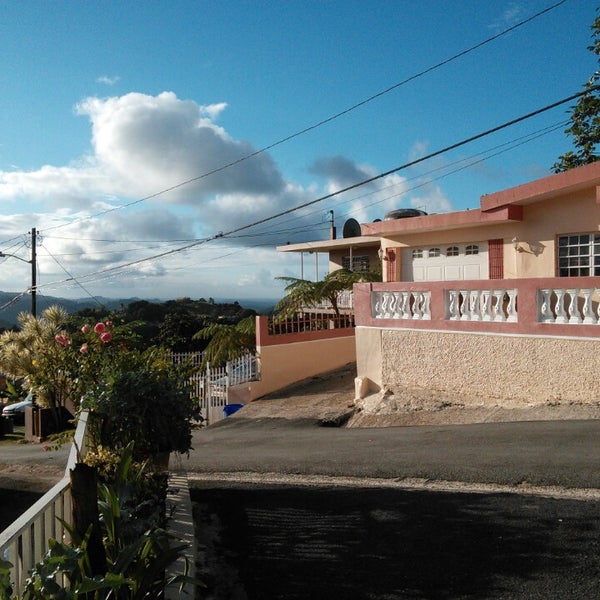 Art. The temperature during the day will not rise above +26°C, and at night on December 15 it will not fall below +23°C. The wind will be east within 1.3 m/s. Hide
Art. The temperature during the day will not rise above +26°C, and at night on December 15 it will not fall below +23°C. The wind will be east within 1.3 m/s. Hide
Tuesday
13
December
+26 °
+23 °
14
+26 °
+22 ° C 9000 +22 ° C 9000 +22 ° ° C 9000 +22 ° ° C 9000 +22 ° C
December
+26 °
+23 °
Friday
16
December
+25 °
+24 °
Sunday
18
December
+27 °
+24 °
1
1
1
December
+26 +26 +26 +26 +26 +26 +26 24°
9000
Saturday
17
17
17
9ATH0037
+26 °
+24 °
| Atmospheric phenomena Temperature °C | Feels as °C | Probability Precipitation % |
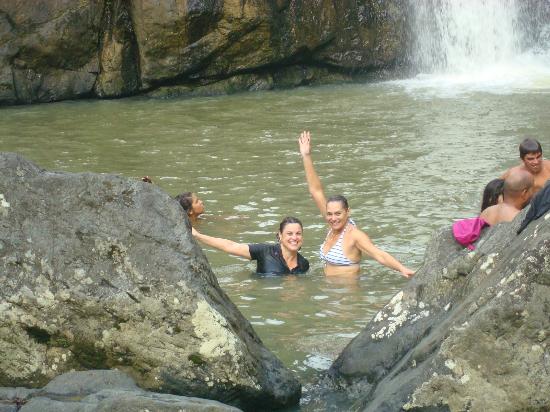 del Pilar – October
del Pilar – October 